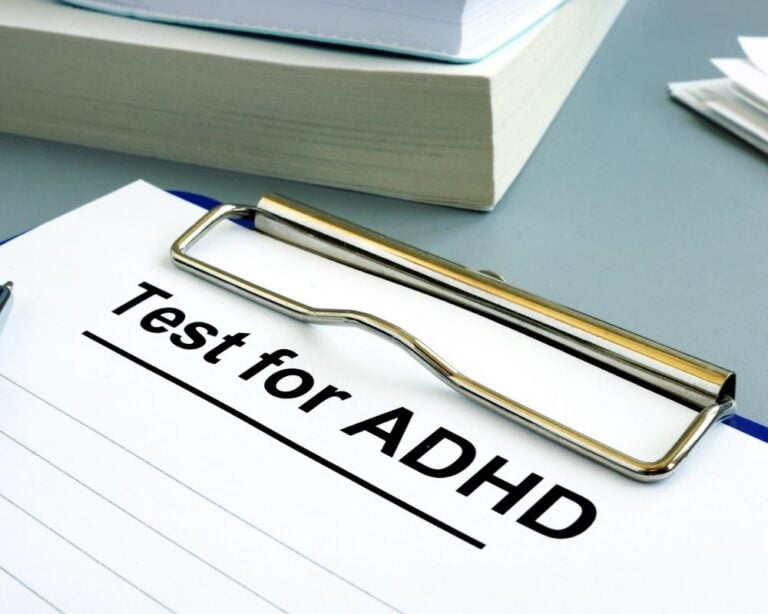Piercings go beyond fashion they carry deep personal and cultural meaning. Some people get them to reclaim control over their bodies, mark milestones, or connect with a community. Others see piercings as a form of self-discovery or emotional healing. Yet, these choices can also invite judgment, affecting how people are seen in social or professional settings. Exploring the psychology behind piercings reveals why people choose them and how they shape identity—and sometimes, others’ perceptions.
Cultural and Personal Significance of Piercings
Piercings carry deep cultural and personal meaning, stretching back thousands of years across different civilizations. Rooted in cultural history, they have signaled social status, rites of passage, or spiritual beliefs. In some societies, ear piercings mark maturity, reflecting personal values tied to family or tradition.
Beyond culture, piercings help people assert identity, boost self-esteem, or align with subcultural affiliations. Yet, visible piercings often clash with societal norms, inviting stereotypes or stigma that limit social opportunities. Workplace biases, for example, could arise from misconceptions about professionalism.
Despite these challenges, piercings remain a powerful way to reclaim autonomy over one’s body, bridging the gap between individuality and collective belonging while traversing the complexities of perception and acceptance.
Identity and Autonomy
The way people choose to modify their bodies often reflects a deeper need to express who they are and take ownership of their appearance. Piercings can serve as a powerful tool for asserting autonomy and control over one’s body, reinforcing individuality amid societal norms.
For many, the act of getting pierced is a form of personal transformation—a catharsis that reshapes self-image and boosts self-esteem. By altering their appearance, individuals challenge external expectations and redefine their identity on their own terms. This physical change can strengthen self-perception, offering a sense of empowerment.
However, stigma around piercings might also influence how others perceive them, adding complexity to the odyssey. Ultimately, body modifications like piercings allow people to visibly affirm their uniqueness and reclaim agency over their identity.
Social Affiliation and Body Modification
Why do certain piercings instantly link someone to a music scene, cultural group, or social movement? Body modification, particularly piercings, often serves as a visual demonstration of social affiliation, signaling belonging to a subculture or shared identity. These adornments carry cultural significance, acting as rites of passage or markers of social status.
For many, piercings are more than self-expression—they’re a way to connect with others who share similar values.
Key reasons piercings align with social groups include:
- Subcultural identity: Punk, goth, or hip-hop scenes often use specific piercings as badges of membership.
- Rites of passage: Some cultures reserve piercings for milestones, marking changes.
- Symbolic meaning: Designs or placements can convey shared beliefs.
- Group cohesion: Matching modifications foster solidarity.
- Visual communication: Piercings quickly signal shared values without words.
The choice reflects both personal and collective identity.
Perception and Judgment
Visible body modifications, like piercings, often shape how people are seen by others—sometimes before a word is spoken. Judgment based on piercings can stem from deep-rooted stereotypes, influencing perceptions of personality, character, or social affiliations.
Some assume visible piercings reflect rebellious values or nonconformist beliefs, while others might view them as signs of creativity. These snap judgments can affect opportunities, from jobs to social interactions, creating tension between self-identity and external expectations.
For the wearer, this can impact body image and self-perception, either reinforcing confidence or inviting self-doubt. Society’s mixed reactions highlight how piercings become more than adornments—they carry layers of meaning, silently communicating aspects of identity others may misinterpret or admire. This dynamic fosters empathy for both wearers and observers.
Emotional Significance and Healing
Marking milestones or reclaiming agency, piercings often hold deep emotional weight beyond their aesthetic appeal. For many, body modification serves as a form of psychological healing, offering control over personal trauma or loss. The act of piercing can symbolize catharsis—transforming pain into empowerment. It’s a deliberate choice, blending self-expression with social identity, yet motivations vary widely.
Key emotional drivers include:
- Healing: Piercings as a ritual to process grief or trauma.
- Control: Reclaiming autonomy over one’s body after setbacks.
- Self-expression: Communicating inner growth or shifts in identity.
- Catharsis: Physical pain channeled into emotional release.
- Social connection: Shared experiences fostering belonging.
Understanding these motivations helps distinguish between healthy self-exploration and deeper psychological needs. While risks like infections exist, the emotional rewards often outweigh them for those seeking meaning in their modifications.
Conclusion
Piercings often act like silent storytellers—tiny badges of personal history etched into skin. One woman described her earlobe piercing as a “rebellious whisper” at 16, a small act of defiance that later became a symbol of self-trust after overcoming anxiety. Like a compass needle pointing toward authenticity, body modifications can guide wearers through phases of growth, though society’s reactions sometimes cloud the path. The real expedition? Learning to navigate judgment without losing one’s true north.




